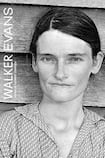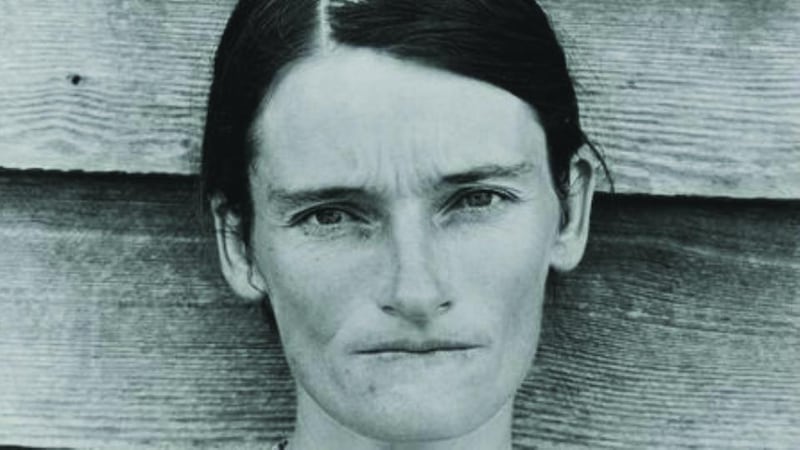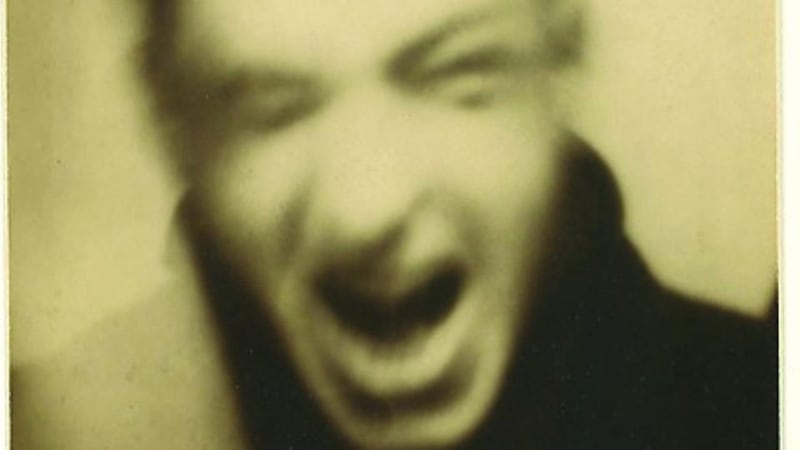
“Photography isn’t a matter of taking photographs. It’s a matter of having an eye.” The truth of Walker Evans’ words is validated in his own work: photographs with an artfulness that derives from whatever object catches his eye – a face, a shopfront, a street corner – by what he called the “insistence of chance... It’s there and you can’t unfeel it”.
Evans, the photographer of the vernacular par excellence, catches the quality in the appearance of things and people at random moments; capturing it while removing his self from the scene, recording the appearance of the here and now; there is no veil that needs to be lifted, no deeper reality to be revealed.
Born in Missouri in 1903, Evans studied French literature at college but dropped out and at the age of 23 took off for Paris where he spent a year. Surrealism was all the rage in the French capital and Evans dabbled with the avant-garde: a Munch-like scream in a self-portrait of 1926 is indicative of a photographic style he would quickly abandon upon his return to the US. What he retained, after reading Baudelaire, was a conviction that poetic truths were to be found on the street and not in libraries or studios. He admired Flaubert for his objective naturalism, the careful distancing of the author from the story, and Evans’ own work is equally careful at keeping subjectivity out of the frame.

Like Leopold Bloom, it was the semantics of the everyday that he noticed in his homeland: posters, storefronts, signs, utilitarian objects – what Heidegger called the “ready-to-hand” – and his photograph of a fish shopfront is a splendid example. The adult couple in shadow and the young girl with her Shirley Temple pose add charm to the picture but they are background to the assemblage of signs and multitude of vegetables on display. The two boys stand as emblems of the shop’s produce, mute players in a roadside theatre of communication.
Fish shop
Typographies and logos captivated Evans, he collected signage and decorated his house with it, but such responsiveness was one part of his fascination with the ordinary. He was the first to photograph familiar urban topographies but his style has been endlessly copied and his prescience tends to be underestimated. His originality is no longer so obvious because his documentary style, a visual phenomenology, has proved so enormously influential. The subject matter of an Evans shot is always what is public and democratically available – states of mind and mental landscapes, ceased to hold his interest after his year in Paris. In 1935, he secured regular employment with a government agency to make a photographic record of farming life and this resulted in work that he is now most famous for.

What has become his signature are photographs of three sharecropping families in Alabama – the Burroughs, Tengles and Fields – that he lived with for three weeks in the summer of 1936. Sharing their meals and their dirt poor existence, he documents their resilience and dignity; as he put it, “they speak with their eyes”. The dozen or so examples reproduced in this book are one of the many gems in a handsomely-produced volume that carries the face of Allie Mae Burroughs on its cover.
Subway portraits
A dozen examples are also reproduced of another project. Beginning in the winter of 1938, Evans photographed passengers on the New York subway, working with a small Leica concealed under his overcoat. The subjects, happening to sit down opposite him, come within the frame of the camera and Evans silently releases the shutter. Their faces and postures are immobile but not mummified, suggesting self-reflection and reverie. Each photograph yields a person’s private journey between the stations of their life and yet, despite a static and circumscribed context, no schematic emerges and their individuality is preserved intact. They define themselves.
The Alabama and New York subway photographs show what working life in the US looked and felt like. They are remarkable but this book, published to accompany an Evans retrospective at the Centre Pompidou, also shows the full range of his accomplishment. Eschewing the usual chronological approach, it follows themes that characterize his work: a concern with the quotidian, the world of the 99 per cent; a cinéma vérité style at odds with the increasingly elitist, art-market world of contemporary photography.









